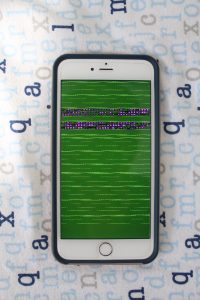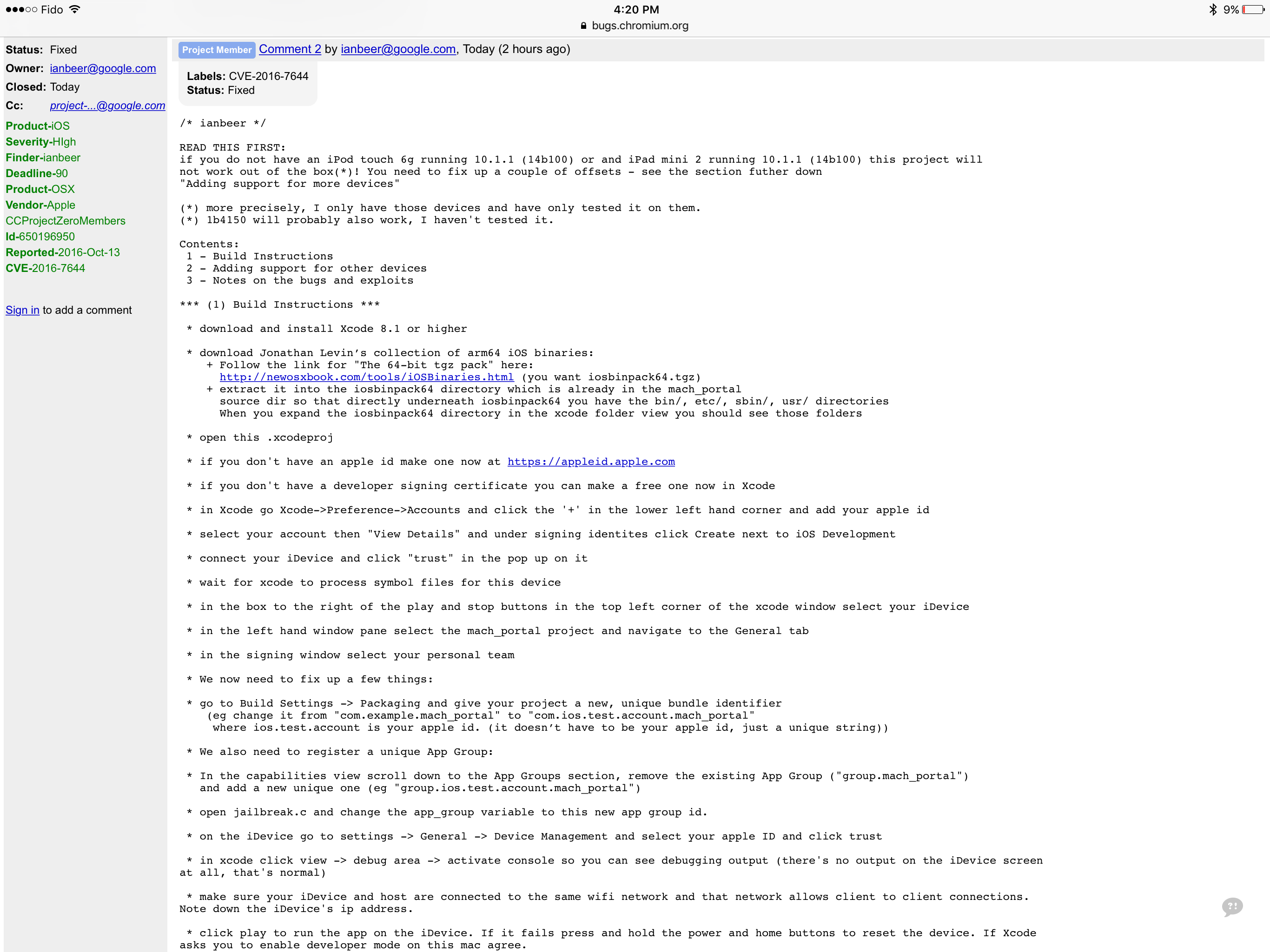Hackers want Ransom from Apple
When you use iCloud to sync your Apple gadgets, your non-public knowledge could also be liable to getting uncovered or deleted by April seventh.
It has been discovered mischievous group of hackers claiming to have entry to over 300 million iCloud accounts is threatening Apple to remotely wipe knowledge from these thousands and thousands of Apple gadgets until Apple pays it $75,000 in crypto-currency or $100,000 price of iTunes present playing cards.
The hacking group, who recognized themselves as ‘Turkish Crime Household,’ has demanded a ransom to be paid in Bitcoin or Ethereum, one other in style crypto-currency.
Motherboard broke this story on Tuesday after a hacker claiming to signify the alleged hacking group shared screenshots of alleged emails between the group and Apple’s safety workforce with the publication.
“I just want my money and thought this would be an interesting report that a lot of Apple customers would be interested in reading and hearing,” the hacker instructed Motherboard.
The screenshots of e mail change point out that when Apple safety workforce requested for a pattern checklist of hacked account to confirm the claims, the group solely offered a YouTube video demonstrating entry to one of many allegedly hacked accounts and remotely wiping all content material from the system.
Nonetheless, the story appears inconsistent, as on its Twitter account, the group claims to have entry to 200 million iCloud accounts, whereas in one of many emails, it says to entry 300 million Apple e mail accounts and in one other, the quantity will get nearly double to 559 million.
At the moment, it is vitally tough for even Apple to confirm the claims. Nonetheless, the corporate has warned the group saying that it doesn’t reward cyber criminals for breaking the legislation and asking them to take away the video because it was “searching for undesirable consideration.”
The hacking group has given Apple a deadline till April 7 to pay up the ransom. Except its calls for are met, the group are going to begin remotely wiping sufferer’s Apple gadgets and reset iCloud accounts.




